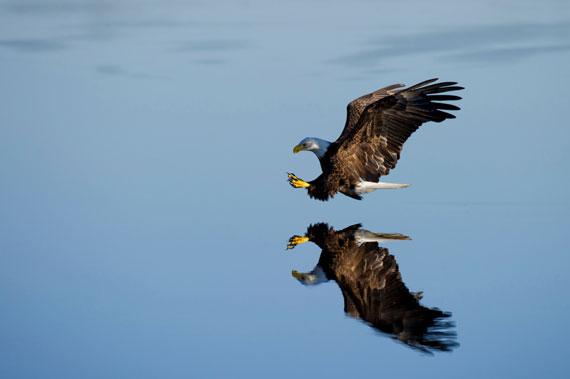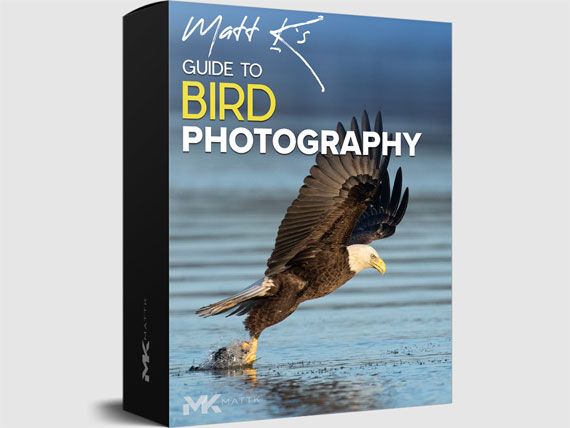Witnessing birds in flight is an awe-inspiring experience, their graceful movements and unparalleled agility painting a vivid portrait of nature’s aerial ballet. For photographers, capturing these fleeting moments presents a unique challenge that demands technical prowess, artistic vision, and an understanding of avian behavior. In this article, we delve into the world of avian photography, focusing on the optimal camera settings for immortalizing birds in flight.

Photo captured by Ray Hennessy
Equipment:
- Camera: Use a DSLR or mirrorless camera with fast autofocus and high continuous shooting speed (frames per second).
- Lens: Choose a telephoto lens ( preferably 300mm or longer) for a closer view of the bird.
- Tripod or monopod: A sturdy tripod or monopod can help with stability, particularly when using a heavy lens.
Camera settings:
- Autofocus: Set your camera to continuous autofocus mode (AF-C) to track the bird’s movement.
- Focus points: Use a group of focus points or a single, flexible focus point to maintain focus on the bird.
- Burst mode: Set your camera to continuous high-speed shooting mode to capture multiple frames per second.
- Shutter speed: Use a fast shutter speed (1/1000s or faster) to freeze the bird’s motion.
- Aperture: Use a wide aperture (low f-stop number) to create a shallow depth of field, isolating the bird from its background.
- ISO: Adjust the ISO to achieve a correct exposure. Higher ISOs may be necessary in low light conditions, but keep in mind that this may introduce noise in your images.
Technique:
- Pre-focus: Pre-focus your lens on the area where you expect the bird to appear. This will help your camera lock onto the subject faster.
- Tracking: Keep both eyes open while looking through the viewfinder. Use your peripheral vision to track the bird’s movement, then pan smoothly with the bird’s flight path.
- Timing: Be patient and wait for the right moment to capture the bird’s most interesting poses or actions.
Capturing the breathtaking spectacle of birds in flight is a rewarding yet challenging endeavor that requires a fine balance of technical skills, patience, and a keen eye for detail. Practice is key. The more you photograph birds in flight, the better you’ll become at anticipating their movements and capturing stunning images.
For Further Training:
For those of you interested in photographing birds, you may want to take a look at this in-depth course on sale. If you have trouble capturing tack-sharp birds in flight, or following the action with autofocus, exposure, or metering – you maybe want to check it out. Currently 25% off which ends soon.
Matt Kloskowski writes…“Bird photography is by far the hardest genre of photography I have ever practiced. At the same time, it’s one of the most rewarding because at the very nature of bird photography, there is no guarantee.
Deal found here: Bird Photography Guide at $50 Off
- - - - - - - - - - - - - - - - - - - - - - - - - - - - - - - - - - - - - - - - - - - - - - - - - - - - - - - - - - - - - - - - - - - - - - - - - -
Did you appreciate this newsletter? Please help us keep it going by Joining Our Patreon Supporters
What are your thoughts on this article? Join the discussion on our Facebook Page
PictureCorrect subscribers can also learn more today with our #1 bestseller: The Photography Tutorial eBook
- - - - - - - - - - - - - - - - - - - - - - - - - - - - - - - - - - - - - - - - - - - - - - - - - - - - - - - - - - - - - - - - - - - - - - - - - -
The post Camera Settings for Birds in Flight appeared first on PictureCorrect.
from PictureCorrect https://ift.tt/8zfM1Bd
via IFTTT







0 kommenttia:
Lähetä kommentti